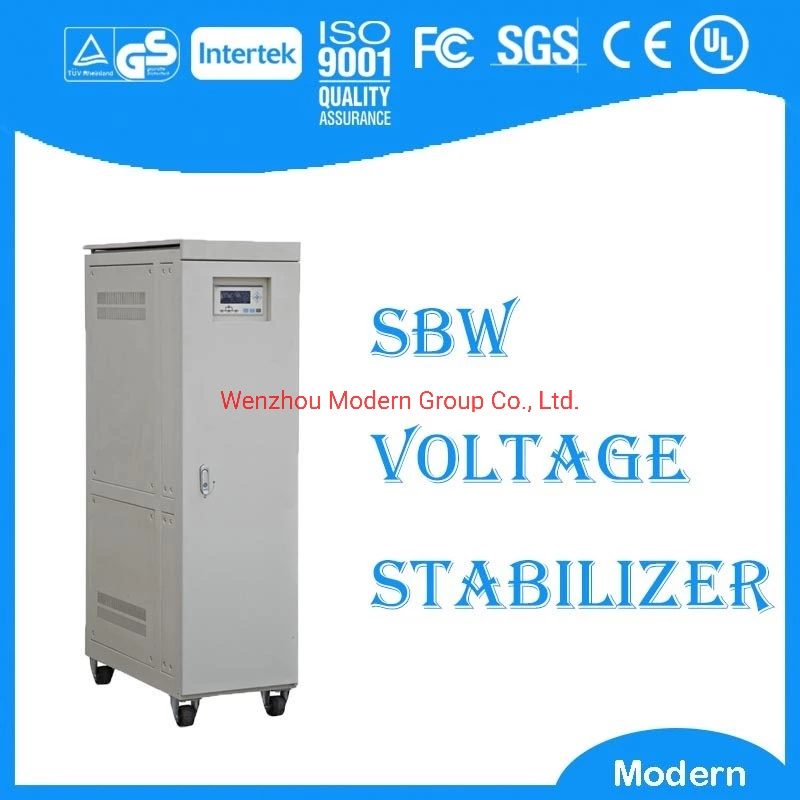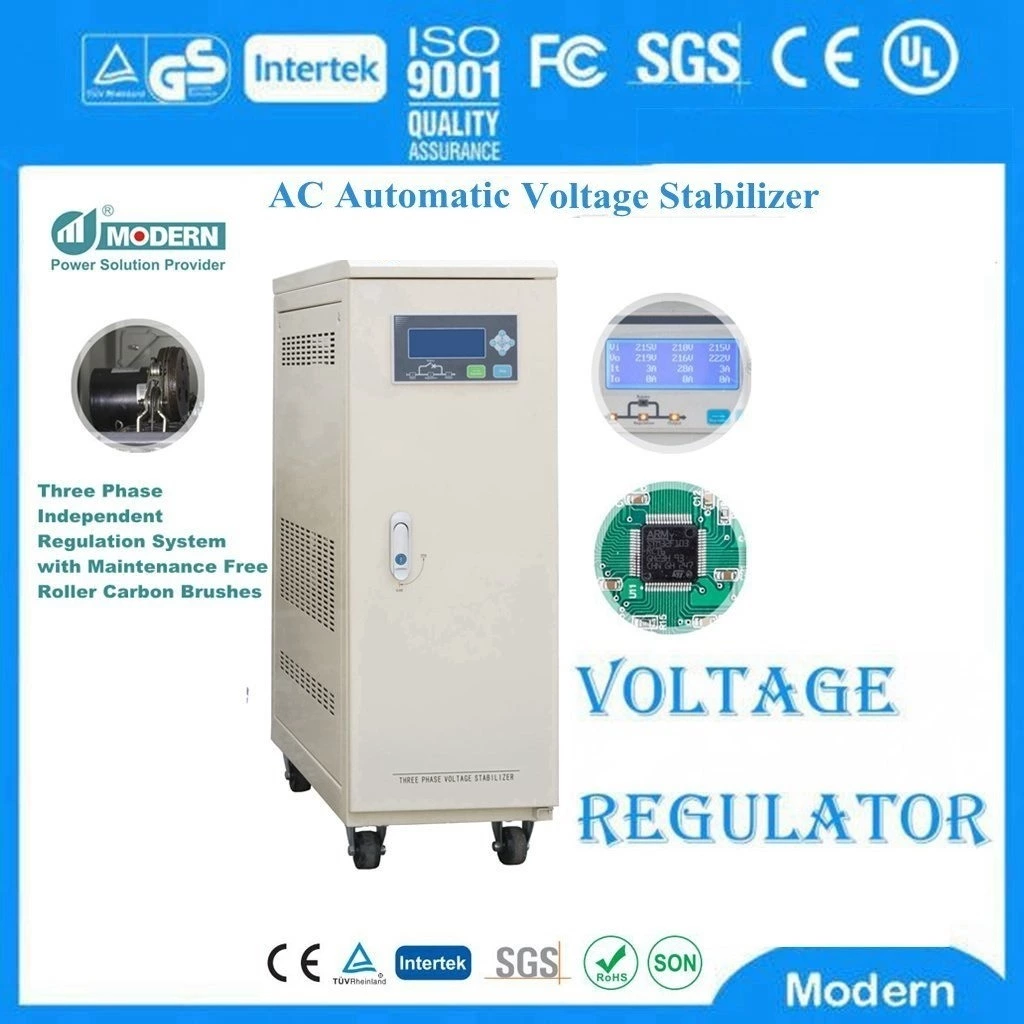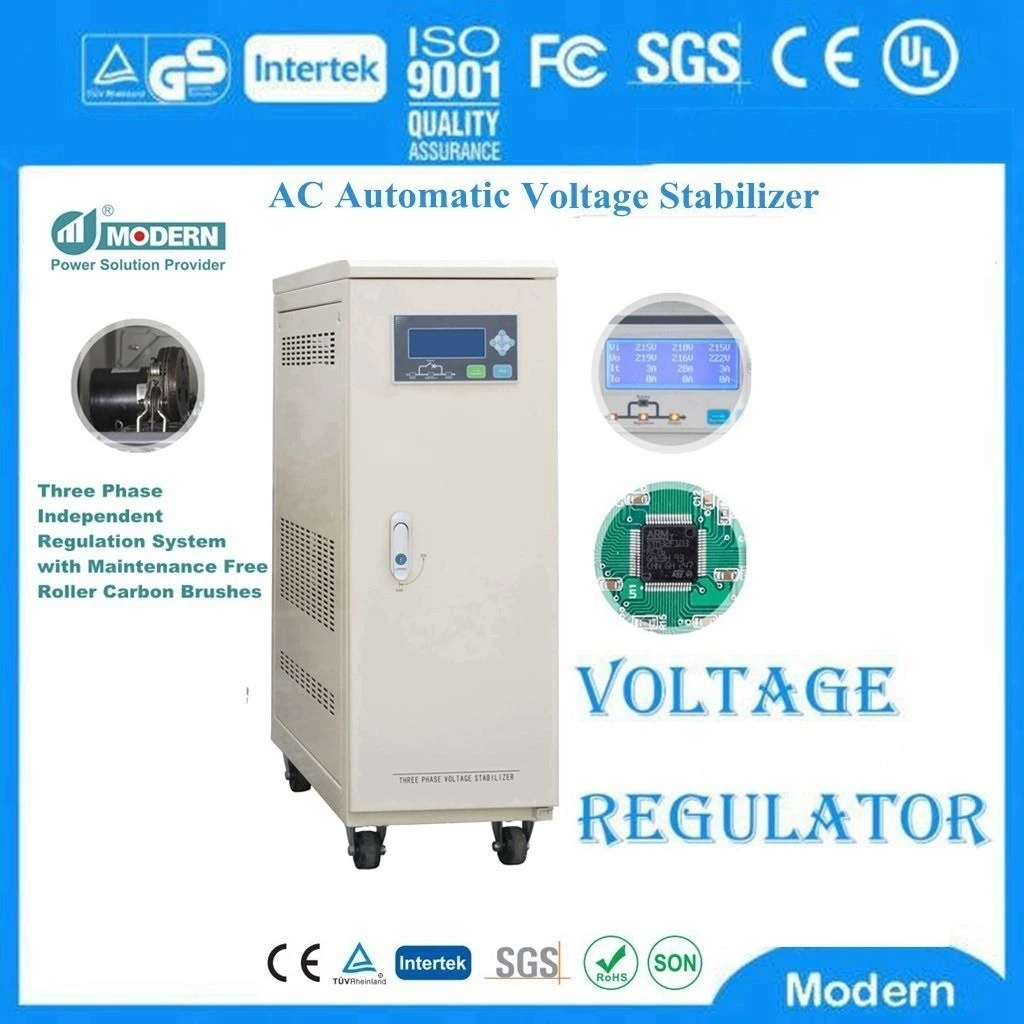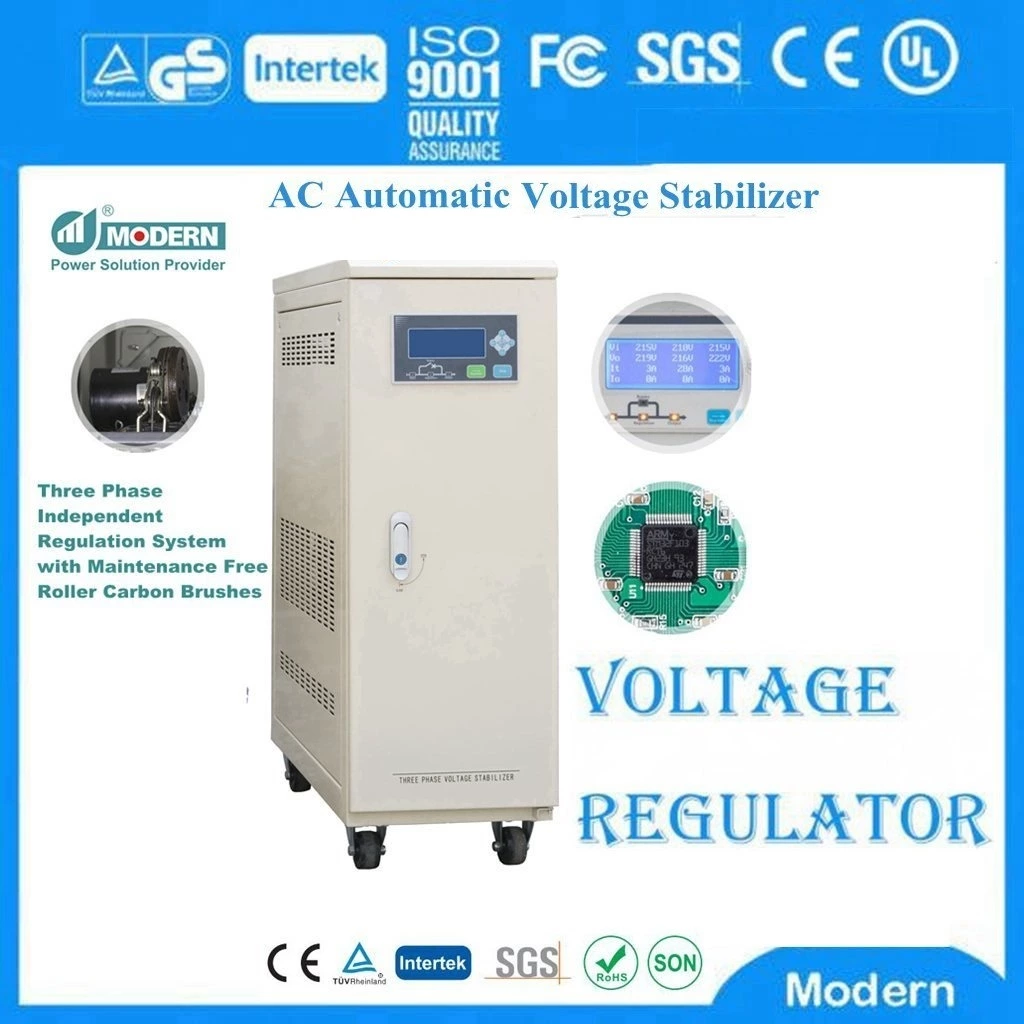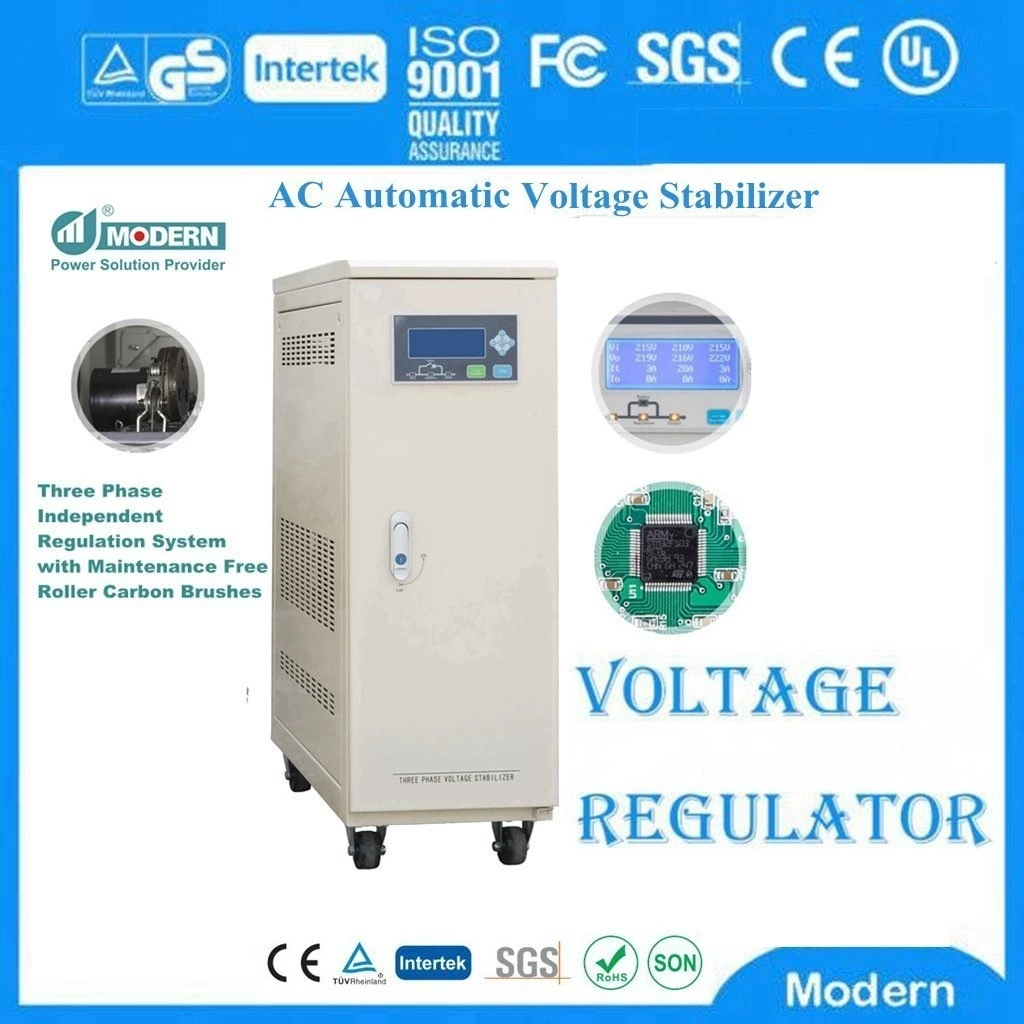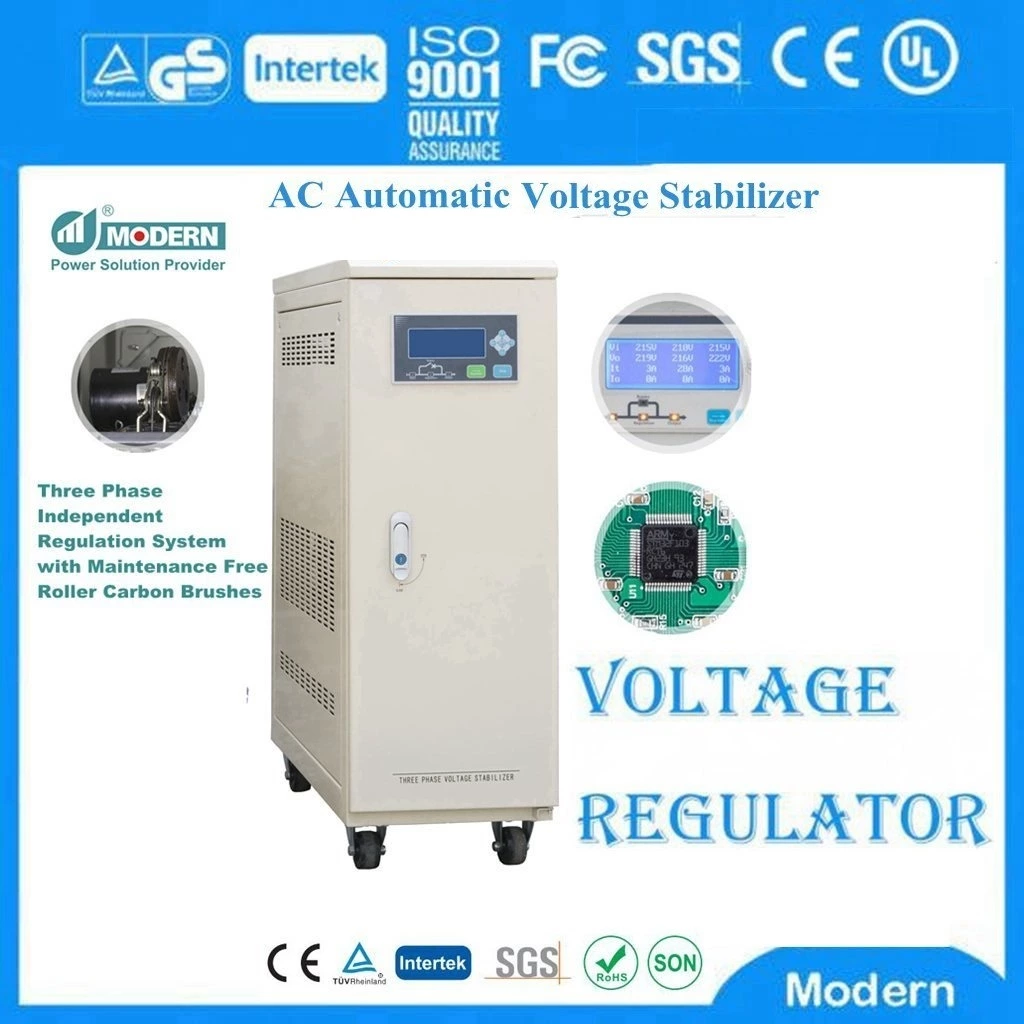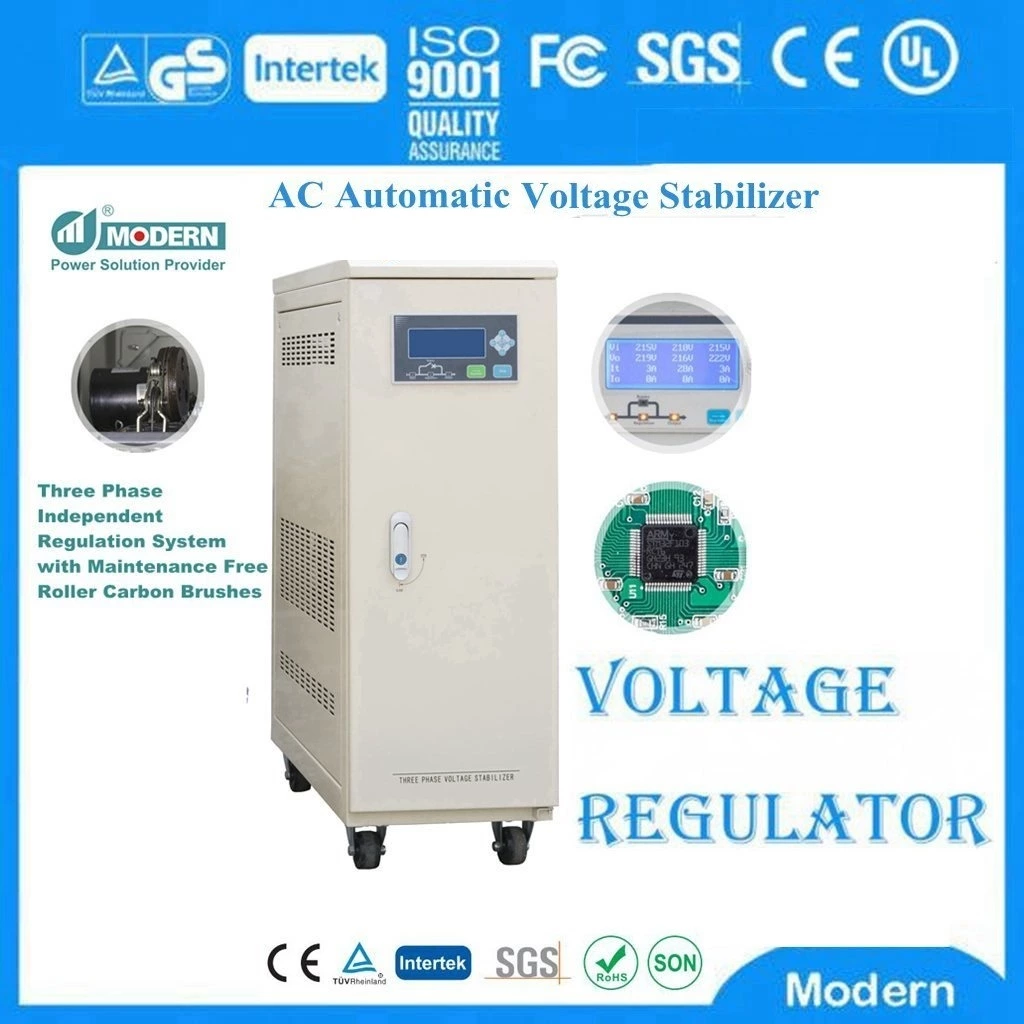The Difference Between Constant Voltage Transformer And Constant Current Transformer
Both have magnetic shunts, which is both a common point and a difference from ordinary transformers.
Constant Voltage Transformer(CVT) operates in ferromagnetic resonance mode, and the iron core in the resonant branch area is saturated.
From the schematic diagram, the iron core shapes of the two transformers are not much different, so I think it is not without reason that the constant voltage transformer enters the current limiting state if it is short-circuited.
Electric welding and gas discharge lamps can only function normally in a constant current environment.
The voltage of the mains is not good for both, so it needs to be transformed. It is right to use a constant current transformer, step up the voltage to carry the lamp, and step down the voltage to weld.
Tesla coil is also a resonant transformer, but it is just ordinary resonance rather than ferromagnetic resonance.
Ordinary resonance will only make the output reach the strongest without voltage stabilization. Moreover, ordinary resonance only requires loose coupling and does not require magnetic shunts.
Ferromagnetic resonance is harmful to ordinary transformers, but it is an element in constant voltage transformers and is very safe.
If the load of the constant current transformer is a capacitor, it may also be ferromagnetic resonance, which is equivalent to a constant voltage transformer without a compensation winding.
The difference between the two transformers is that the core is saturated or not.
In addition, the capacitor is required. This capacitor is measured in μF at the power frequency.
In principle, ferromagnetic resonance is actually the same as ordinary resonance, and they are both common to LC.
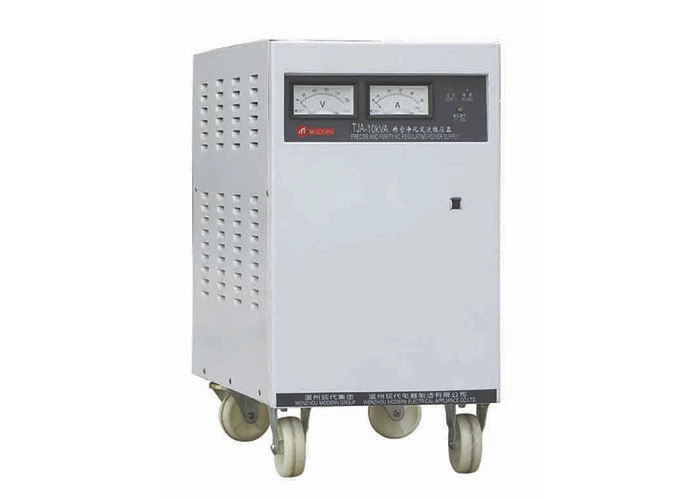
 Русский
Русский
 Français
Français
 Português
Português
 Español
Español
 اللغة العربية
اللغة العربية
